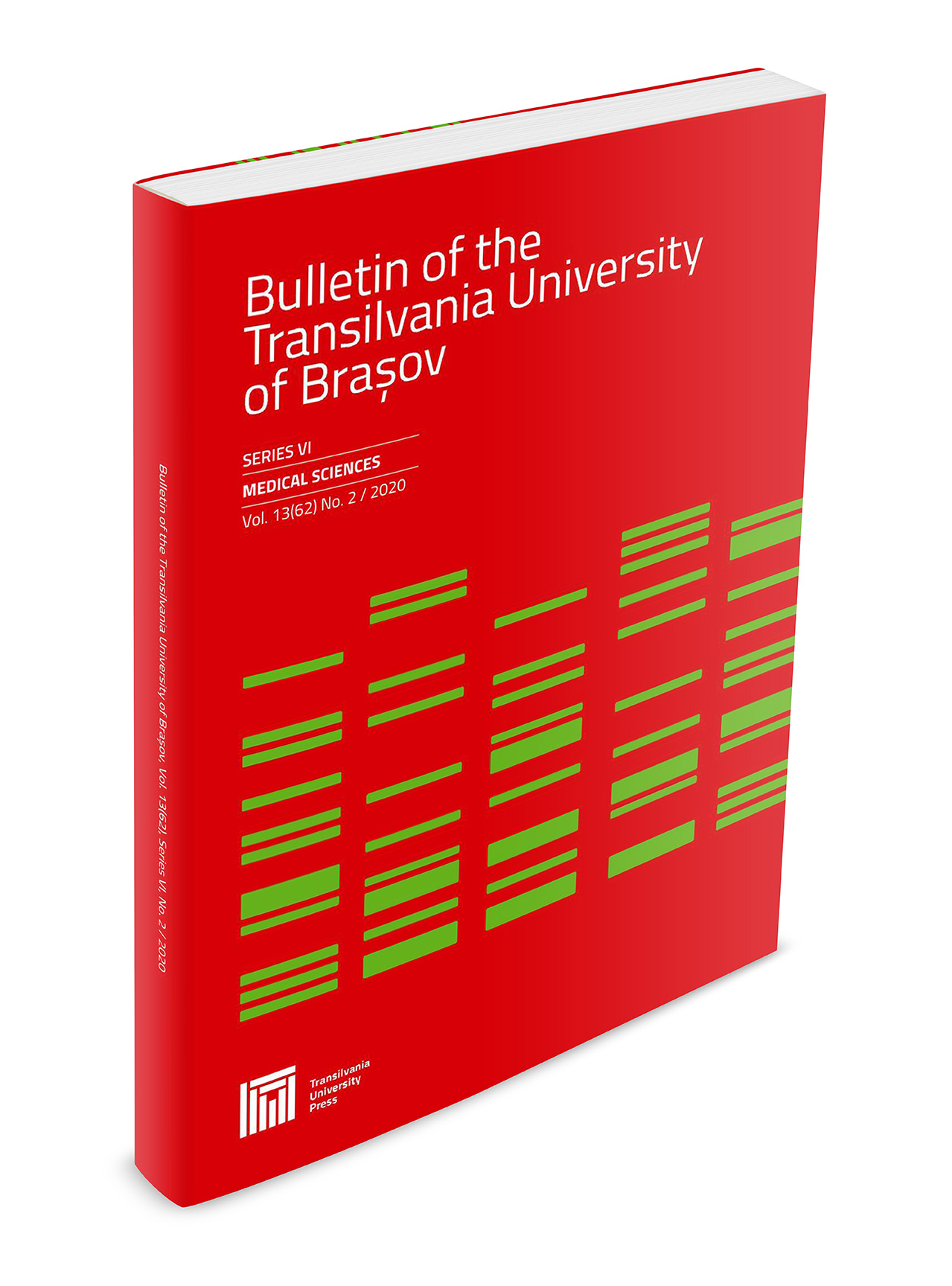A Case of pachydermoperiostosis in the Context of familial Blepharoptosis
Keywords:
pachydermoperiostosis, hypertrophic osteoarthropathy, pachydermia, cutis vertices gyrateAbstract
Background: Pachydermoperiostosis is a rare inherited disorder occurring mainly in males and represents 5% of all cases of hypertrophic osteoarthropathy. It is characterized by the clinical triad of finger clubbing, periostitis, and pachydermia. Unlike the secondary forms of hypertrophic osteoarthropathy, pachydermoperiostosis is not associated with cardiopulmonary diseases or malignancies. Case report: A 19-year-old male patient presented with thickening of the skin on the face, dorsum of the hands and feet, and skin folds of the face and scalp. Osteoarticular system examination revealed: finger clubbing and bilateral tibiotarsal joints swelling. Hematological, biochemical, and endocrine tests were within normal limits. Computed tomography of cephalic extremity showed a normally sized sella turcica. Ultrasonography of the tibiotarsal area revealed bilateral peri malleolar soft tissue swelling and irregular bone surfaces. The diagnosis of pachydermoperiostosis was made. The patient's mother and sister also presented with blepharoptosis but in the absence of other manifestations of pachydermoperiostosis. Conclusion: The presence in the family of patients with pachydermoperiostosis of other members with only minor signs of this disease suggests that all the family members require a thorough physical examination for early diagnosis of incomplete or fruste forms of the disease.



